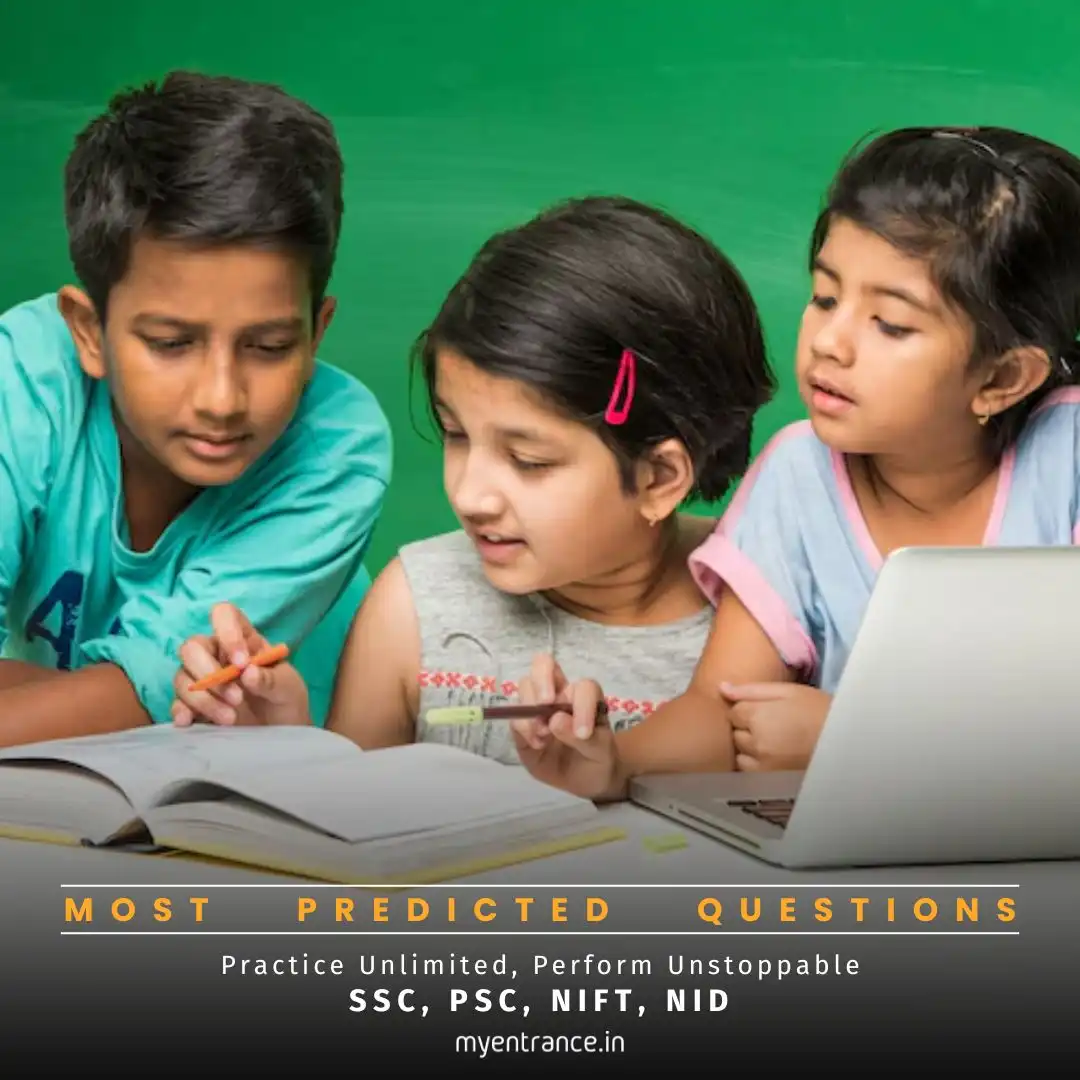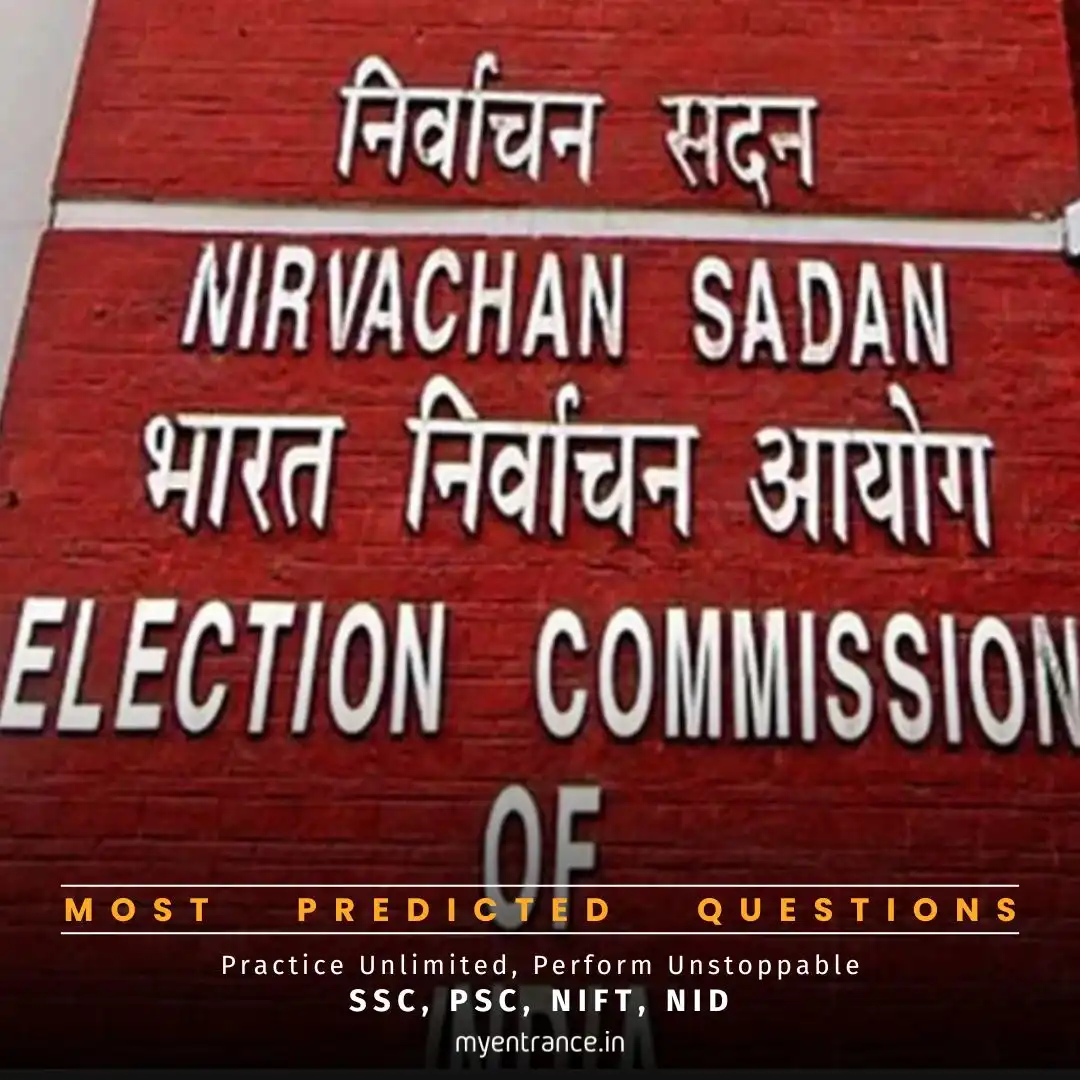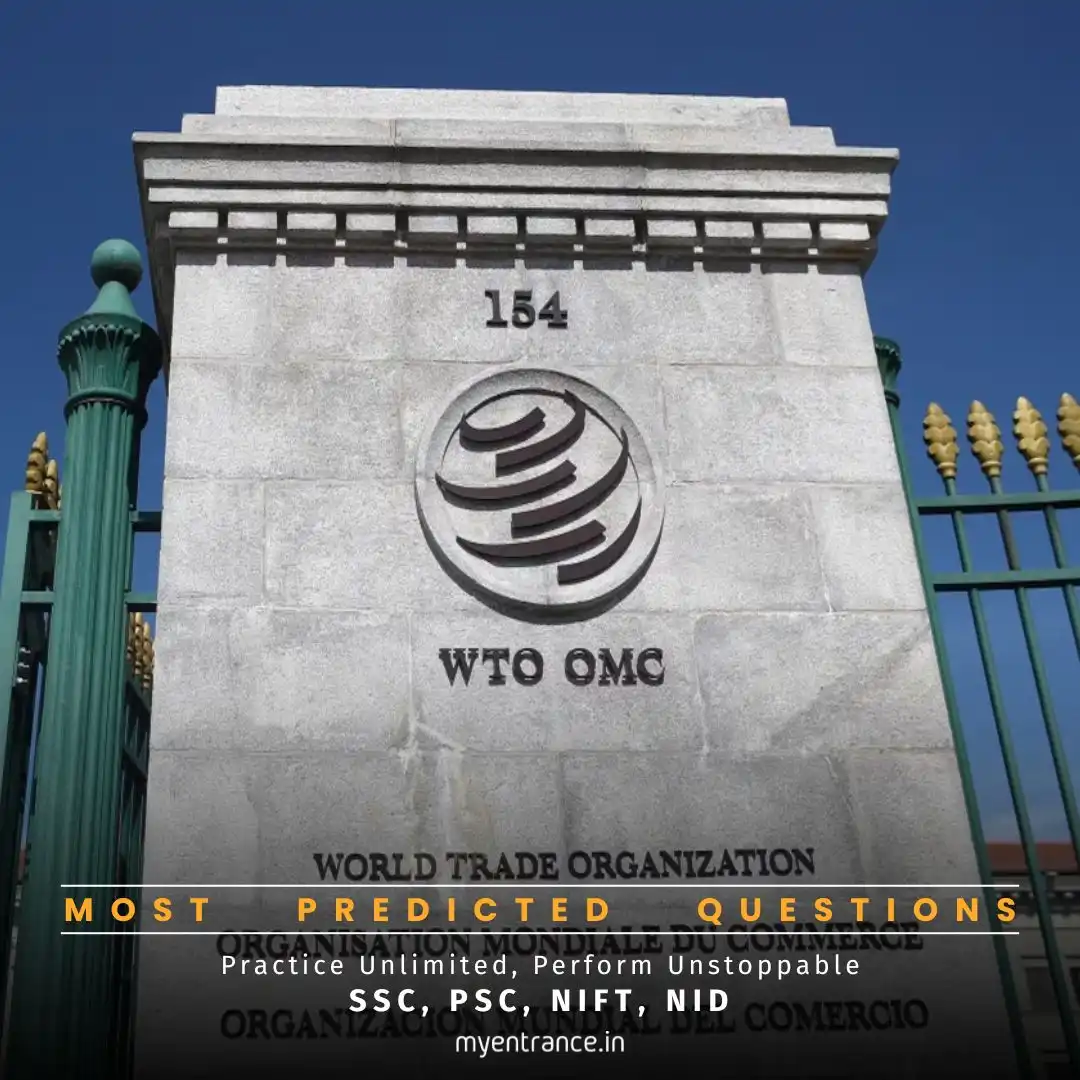Translate Language
Why is Malala Day Important for Girls’ Education in India? Exploring NEP 2020’s Role
Malala Day honors Malala Yousafzai, a global icon for girls’ education. Her struggle against the Taliban highlights the importance of equal learning opportunities. In India, the NEP 2020 is a major step toward inclusive education—but does it address key challenges like dropout rates and digital divides?

Malala Day & NEP 2020: A Push for Girls’ Education in India
Malala Yousafzai’s courage inspires millions, but in India, girls still face barriers in education. The National Education Policy (NEP) 2020 aims to change this by focusing on:
Inclusivity & Equity – Ensuring education for all, especially girls from disadvantaged backgrounds.
Reducing Dropout Rates – Through scholarships, better infrastructure, and awareness.
Digital & Social Empowerment – Bridging the gender gap in online learning and leadership roles.
How NEP 2020 Tackles Girls’ Dropout Rates
India has improved girls’ enrollment, but dropout rates remain high—especially in secondary education. NEP 2020 introduces:
✅ Gender Inclusion Fund (GIF) – Supports safe school infrastructure like toilets and hostels.
✅ Kasturba Gandhi Balika Vidyalayas (KGBVs) – Expands residential schools for underprivileged girls.
✅ Conditional Cash Transfers (CCTs) – Financial incentives to keep girls in school.
✅ Transport & Bicycle Schemes – Helps girls commute safely to schools.
However, more efforts are needed for marginalized communities and transgender students, who face higher dropout rates.
Sensitizing Families & Closing the Digital Divide
Many girls drop out because families prioritize household chores over education. NEP 2020 suggests:
🔹 Gender-sensitive curriculum – Teaching equality from an early age.
🔹 Parental awareness programs – Helping families understand the value of girls’ education.
🔹 Menstrual health & legal rights education – Empowering girls with knowledge.
But the digital divide remains a hurdle:
Only 33% of women in India use the internet vs. 57% of men (NFHS-5).
Rural areas see a wider gap—25% of women vs. 49% of men.
NEP 2020 promotes online learning but must ensure affordable devices and internet access for girls.
Higher Education & Leadership: Breaking the Glass Ceiling
While more girls enroll in higher education, few reach leadership roles. NEP 2020 proposes:
📌 More women-led institutions – Encouraging female principals and vice-chancellors.
📌 Safer campuses – Anti-harassment cells, childcare, and medical support.
📌 Scholarships & counseling – Helping girls pursue higher studies without family pressure.
Yet, women hold only 28.6% of higher secondary principal roles and 31.2% of university leadership positions.
Nutrition & Health: Overlooked Barriers
Many girls suffer from anaemia (59.1% in teens) due to poor nutrition. NEP 2020 should:
🍎 Strengthen midday meal schemes – With iron-rich diets for girls.
🏥 Regular health checkups – Detecting deficiencies early.
Will NEP 2020 Succeed?
The policy is ambitious, but implementation is key. Solutions include:
✔ Community engagement – NGOs and local leaders must support gender equality.
✔ Teacher training – Gender sensitivity modules in educator programs.
✔ More female role models – Highlighting women achievers in textbooks.
Sample Questions & Answers for Competitive Exams
Q1: What is the main objective of NEP 2020 concerning girls’ education?
A: NEP 2020 aims to achieve 100% Gross Enrollment Ratio (GER) in schools by 2030, with special focus on reducing girls’ dropout rates through scholarships, better infrastructure, and awareness programs.
Q2: How does the Gender Inclusion Fund (GIF) help girls?
A: GIF provides financial support to states for building safe and inclusive school infrastructure, such as toilets, hostels, and transportation facilities, to retain more girls in schools.
Q3: Why is the digital divide a challenge for girls’ education?
A: Only 33% of women in India use the internet, limiting their access to online education. Rural areas face a bigger gap, making digital learning unequal.
Q4: How can families contribute to girls’ education under NEP 2020?
A: Families need awareness programs to understand the importance of education and avoid engaging girls in household chores over schooling.
Q5: What measures can improve women’s leadership in education?
A: More women-led institutions, strict anti-harassment policies, and mentorship programs can help bridge the leadership gap in schools and universities.
Why is This Important for Exams?
Competitive exams like SSC, PSC, NID, NIFT, and others often include questions on:
Government policies (NEP 2020)
Gender equality & education
Current affairs (Malala Day, SDG goals)
Understanding these topics helps in essay writing, GK sections, and interviews. Stay updated with such policies to score better!
Get 3 Months Free Access for SSC, PSC, NIFT & NID
Boost your exam prep!
Use offer code WELCOME28 to get 3 months free subscription. Start preparing today!















